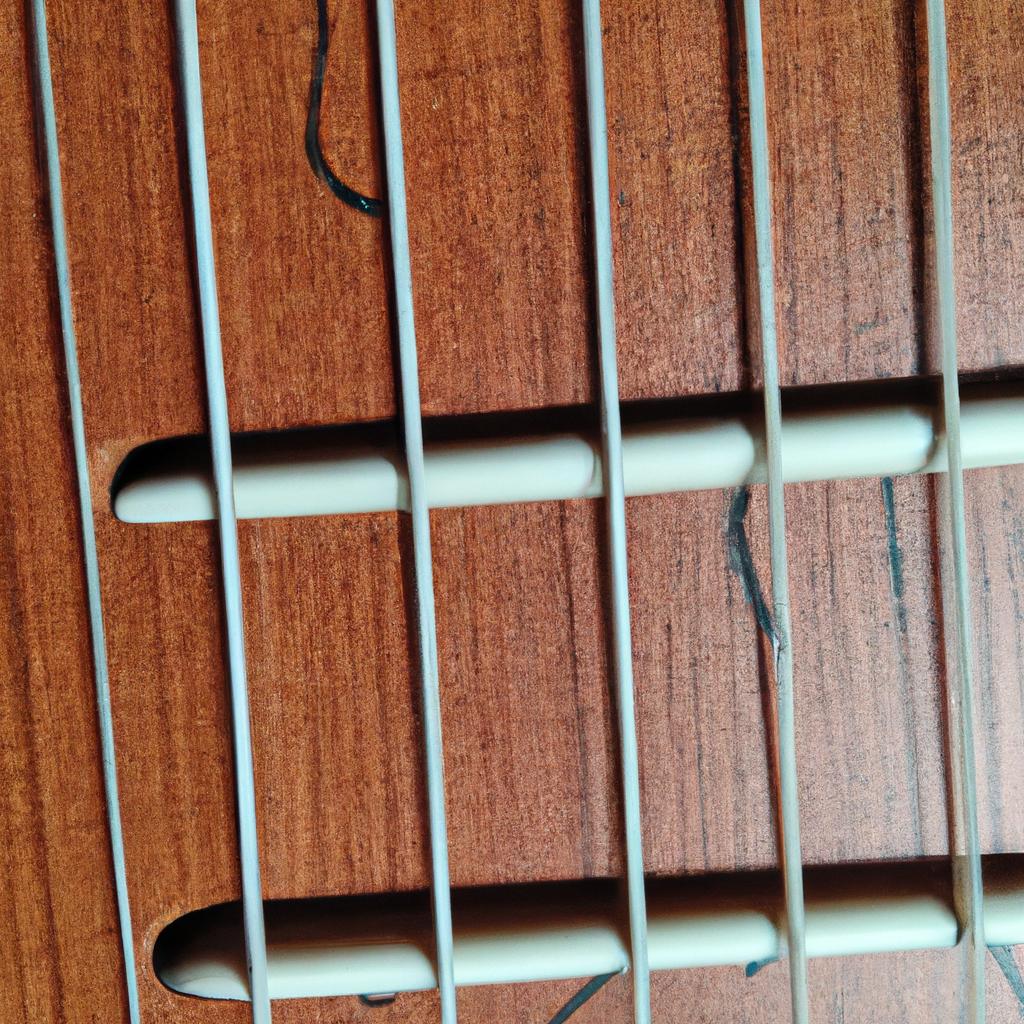Music is a universal language that resonates with people from all walks of life, transcending barriers and time. And when it comes to creating soul-stirring melodies, guitars hold a special place in our hearts. But have you ever pondered the intricate process of crafting the perfect guitar? Amidst all the components, guitar trees emerge as the unsung heroes.
Guitar trees refer to the wood used to shape the body, neck, and fretboard of a guitar. The choice of wood profoundly impacts the sound quality of the instrument. Each type of wood produces a distinct sound, ranging from bright and crisp to warm and mellifluous. Hence, the selection of the right wood is vital in achieving the desired sonic perfection.
But why does wood play such a critical role? It serves as the primary resonator of the guitar. When a guitar string is plucked, it vibrates, generating sound waves that reverberate through the wood. The wood then amplifies and sculpts these sound waves, giving birth to the guitar’s unique tonality. Therefore, the quality, density, and texture of the wood significantly influence the guitar’s sonic character.
In conclusion, guitar trees serve as the cornerstone of crafting a perfect guitar sound. The type of wood chosen directly impacts the instrument’s tonal quality, underscoring the significance of making the right selection. In the following sections, let’s delve deeper into the various types of trees used in guitar making.
Types of Trees Used for Guitar Making
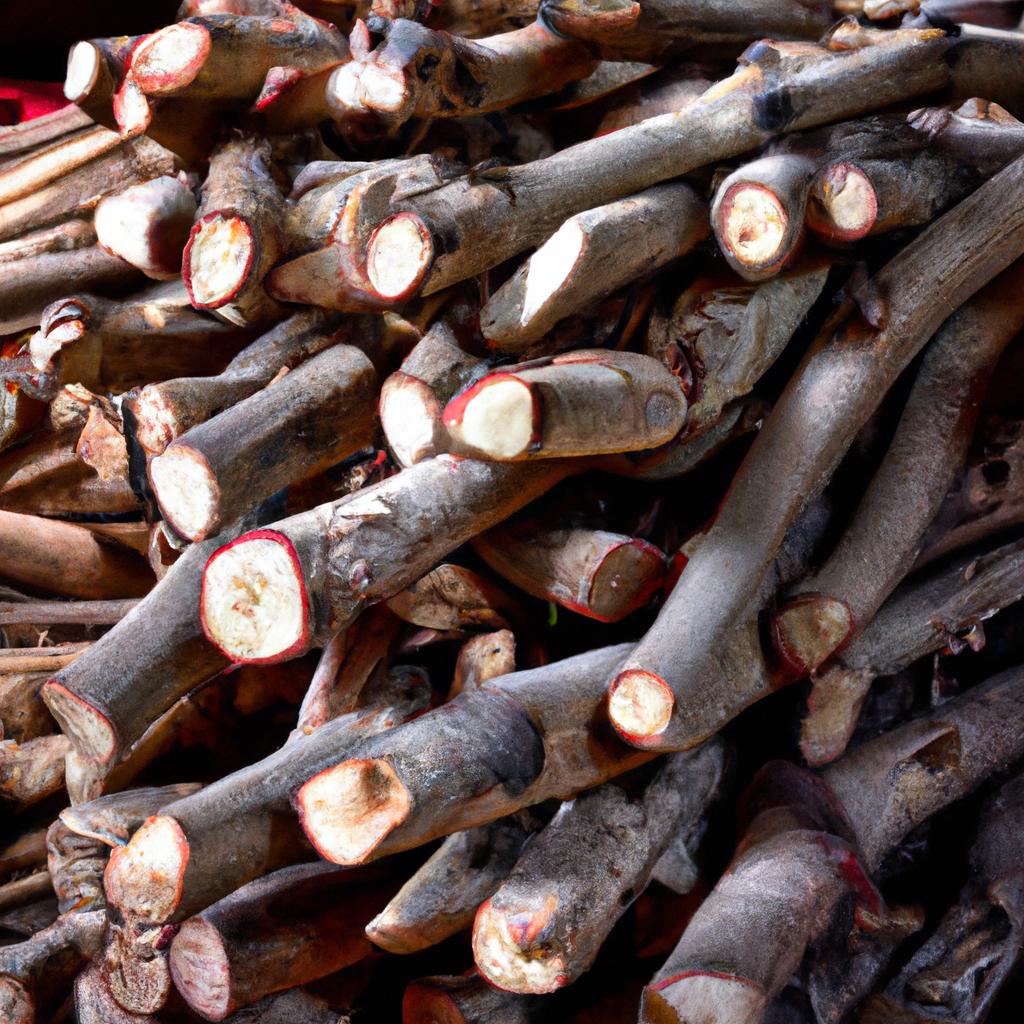
Overview
Crafting a guitar involves using different types of trees, each possessing unique properties that influence the instrument’s sound quality and aesthetic appeal. Mahogany, maple, rosewood, ebony, and spruce are among the most commonly employed woods.
Properties and Sound Quality
Mahogany, known for its density, yields a warm-toned wood that generates a rich, mellow sound with a robust midrange. In contrast, maple, a hard and bright-toned wood, produces a clear, punchy sound with a vibrant high-end. Rosewood, another popular option, boasts a complex, harmonic-rich sound and exudes warm, mellow tones.
Ebony finds its place predominantly in fretboards due to its density and hardness, resulting in a bright, crisp sound. Spruce, on the other hand, shines as a preferred choice for guitar tops as its lightweight nature, strength, and balanced sound with excellent projection make it a sought-after option.
Sustainability and Ethical Considerations
With the increasing demand for guitars, concerns about the sustainability of certain woods used in guitar making have arisen. Certain woods, such as rosewood and ebony, face threats due to overharvesting and illegal logging. Therefore, it becomes crucial to consider the wood’s source to ensure sustainable harvesting and ethical sourcing practices.
In conclusion, guitar making encompasses various types of trees, each possessing distinct characteristics impacting the instrument’s sound quality and visual appeal. Selecting the appropriate wood guarantees the desired sound while considering sustainability and ethical considerations. In the subsequent section, we will explore the factors crucial to selecting guitar trees.
Factors to Consider When Selecting Guitar Trees

When choosing guitar trees, several factors come into play to ensure the wood used achieves the desired sound quality. Here are some critical factors to consider:
Grain Patterns
Grain patterns on the wood determine its appearance and can impact the guitar’s sound quality. The direction and spacing of the grains affect the wood’s strength and stiffness, which, in turn, influence the guitar’s tonal quality. For example, wood with tight, straight grains tends to be stronger and stiffer, producing a brighter sound. Conversely, wood with wider, more irregular grains may produce a mellower, warmer sound.
Density
The wood’s density significantly affects the guitar’s sound quality. Dense wood resonates more, producing a brighter and more articulate sound. However, working with denser wood can be more challenging, requiring extra effort for shaping and sanding. Less dense wood, while easier to work with, may produce a less resonant sound.
Moisture Content
The moisture content of the wood impacts the guitar’s sound quality as well. Wood that has been dried for too long may become brittle, resulting in a dull, lifeless sound. Conversely, wood that is excessively moist may warp or crack, leading to an uneven sound. Hence, selecting wood with the appropriate moisture content is crucial for achieving optimal sound quality.
To summarize, when selecting guitar trees, grain patterns, density, and moisture content must be considered as they greatly influence the instrument’s sound quality. In the next section, we will explore the intricate process of harvesting and processing guitar trees.
How Guitar Trees are Harvested and Processed
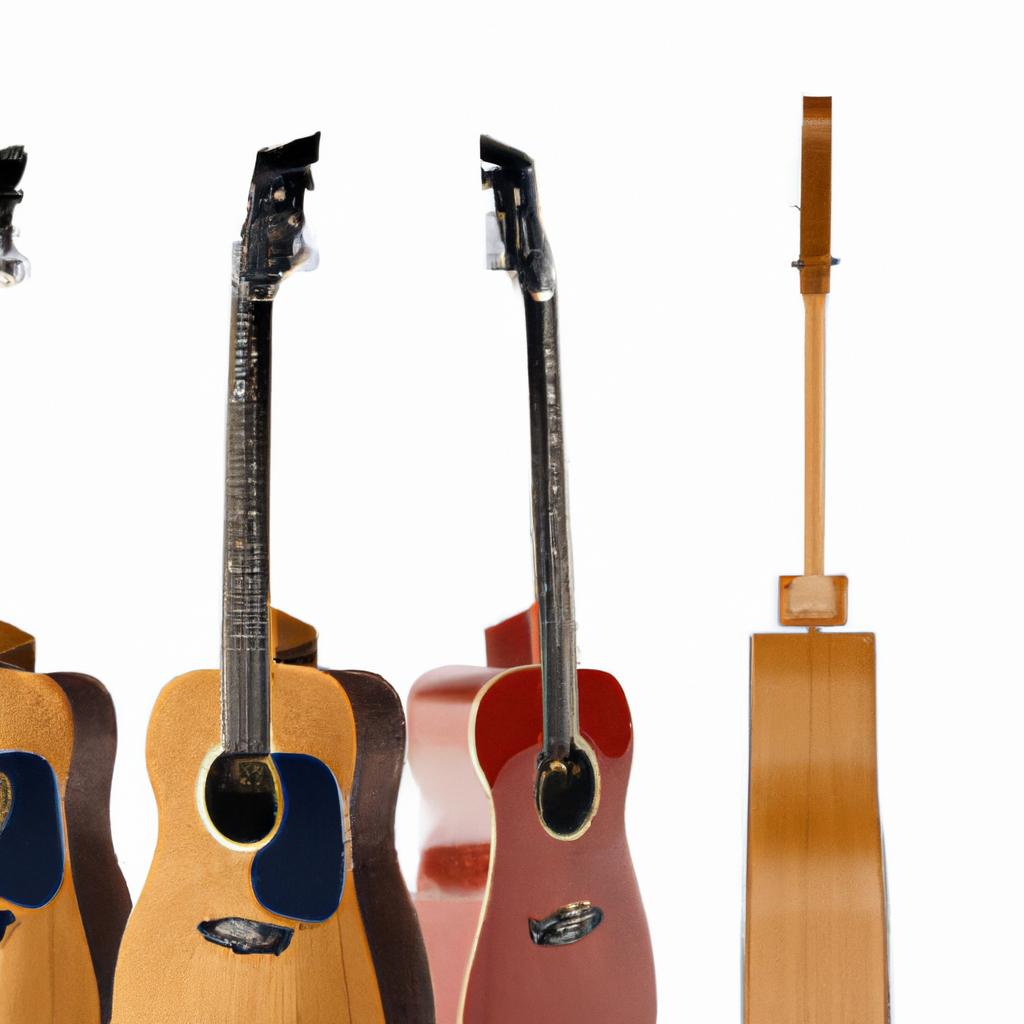
Overview of the Process
The process of harvesting and processing guitar trees is intricate and delicate, demanding skill and expertise. Typically, guitar trees are harvested from forested areas and transported to sawmills for processing. Once at the sawmill, the logs are cut into boards of varying thicknesses, depending on the specific guitar parts they will eventually become.
Methods of Harvesting and Processing
Two primary methods of harvesting guitar trees exist: clearcutting and selective cutting. Clearcutting involves removing all the trees in a designated area, while selective cutting targets only the highest-quality trees. Selective cutting is generally considered more sustainable as it allows natural forest regeneration.
After the trees are harvested, they are transported to sawmills for further processing. At the sawmill, the logs are cut into boards using various types of saws. These boards are then dried to eliminate excess moisture, which, if left untreated, can cause wood warping or cracking. Once dried, the boards are planed to achieve a smooth and even surface.
Impact on the Environment and Wood Quality
The harvesting and processing of guitar trees impose a significant impact on the environment and the wood’s overall quality. Clearcutting can lead to soil erosion, habitat destruction, and biodiversity loss. Selective cutting, on the other hand, has lesser environmental consequences but demands more labor and costs.
The wood’s processing also affects its quality. Improper drying can result in wood warping or cracking, ultimately affecting the guitar’s sound quality. Furthermore, incorrect planing can leave the wood rough and uneven, making it challenging to work with.
To conclude, the harvesting and processing of guitar trees involve a complex process requiring considerable skill and knowledge. The harvesting and processing methods employed significantly impact the environment and the wood’s quality. In the next section, we shall explore the significance of guitar trees in the guitar industry.
The Significance of Guitar Trees in the Guitar Industry
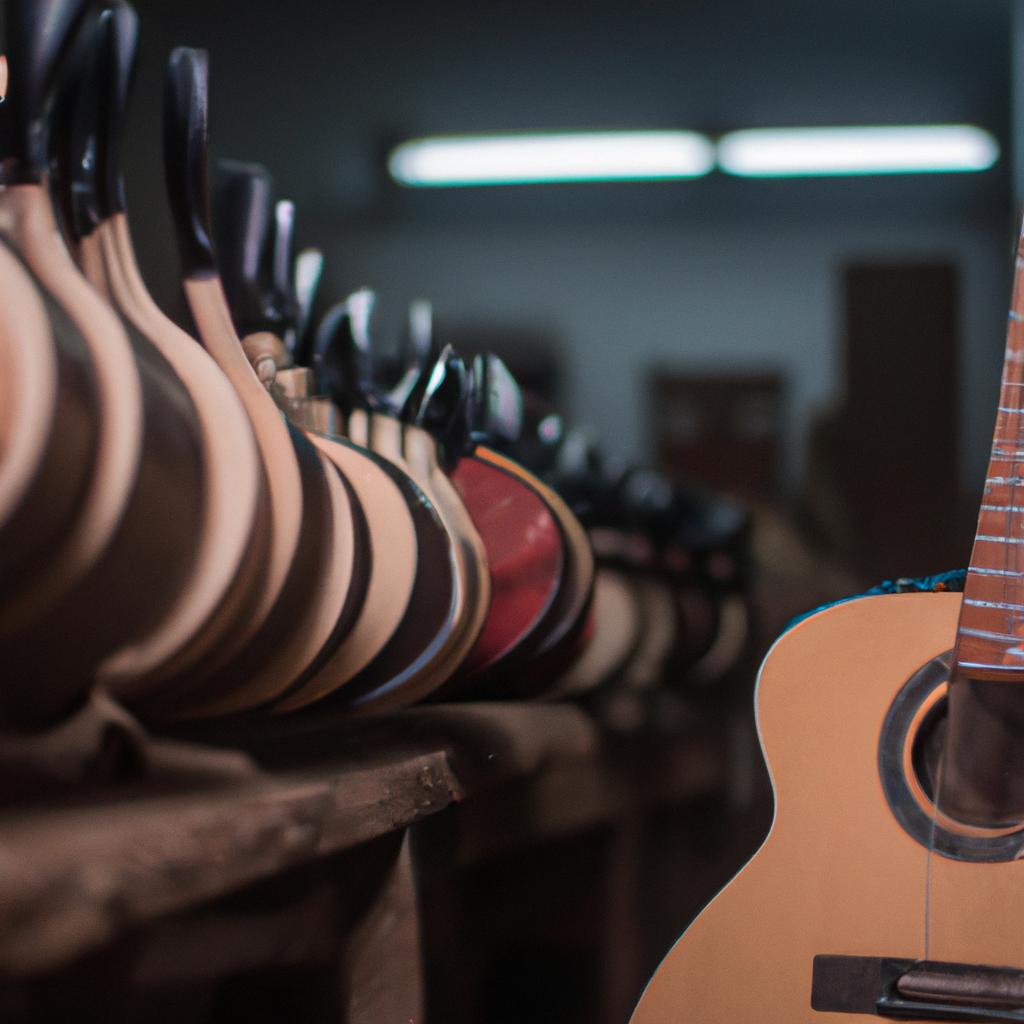
The guitar industry thrives as a multi-billion dollar enterprise catering to millions of guitar enthusiasts worldwide. However, the availability and quality of guitar trees play a pivotal role in the industry’s success. Let’s delve deeper into the impact of guitar trees on the guitar industry.
The Impact of Guitar Trees on Guitar Production and Pricing
The availability and quality of guitar trees significantly impact guitar production. The scarcity of high-quality wood may cause delays and increased prices, as manufacturers seek alternative wood types. Additionally, wood costs vary depending on factors such as rarity, accessibility, and sustainability, directly influencing guitar pricing.
Moreover, the choice of wood directly affects the guitar’s tonal quality, further influencing its market value. Guitars crafted from highly coveted tonewoods like Brazilian rosewood or mahogany fetch higher prices than those made from more common woods like maple or ash.
Efforts Made by Guitar Manufacturers to Ensure Sustainability and Ethical Practices
The guitar industry is increasingly recognizing the need for sustainability and ethical practices. Many guitar manufacturers have implemented measures to ensure ethically sourced and sustainably harvested wood. Some manufacturers have collaborated with organizations like the Forest Stewardship Council (FSC) to ensure responsible wood sourcing.
Moreover, certain manufacturers have begun exploring alternative wood types such as bamboo and reclaimed wood to reduce the demand for traditional tonewoods. These initiatives not only promote sustainability within the guitar industry but also contribute to the conservation of natural resources.
In conclusion, guitar trees wield immense influence in both guitar production and pricing. However, the industry’s growing focus on sustainability and ethical practices holds promise, safeguarding the guitar industry for generations to come.
Conclusion
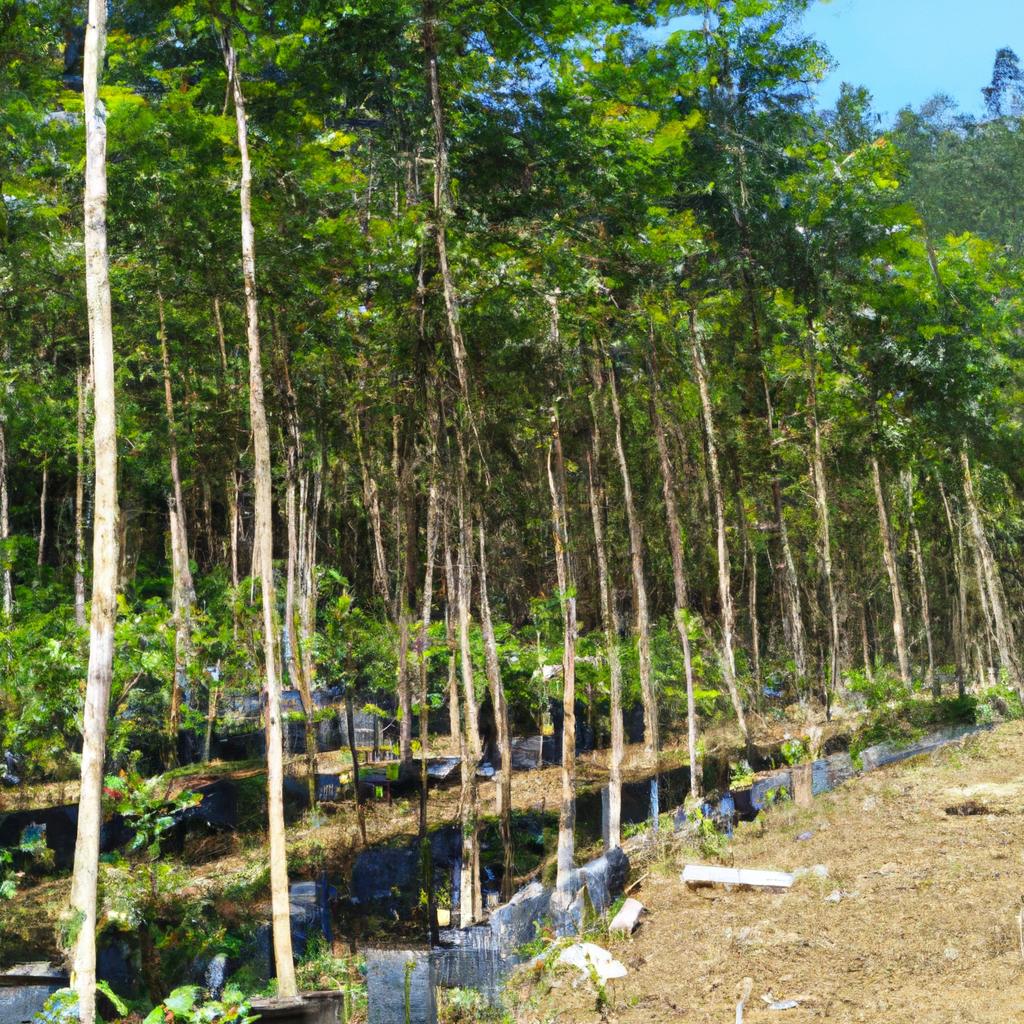
In summary, guitar trees form the bedrock of any exceptional guitar. The chosen wood significantly molds the instrument’s tonal quality, underscoring the importance of wise wood selection. As we have seen, several factors must be considered when choosing guitar trees, including grain patterns, density, moisture content, and sustainability.
Guitar manufacturers bear the responsibility of ensuring their practices are sustainable and ethical. Many manufacturers have taken steps to utilize sustainably sourced wood and to adhere to ethical harvesting and processing practices. As consumers, we too play a role in promoting sustainability by selecting guitars crafted from responsibly sourced wood.
At TooLacks, we firmly believe in promoting sustainable practices in all aspects of life, including music. By choosing guitar trees from sustainable sources, we can protect our planet’s forests while reveling in the beauty of music. So, the next time you pick up a guitar, take a moment to appreciate the role trees have played in bringing it to life.
